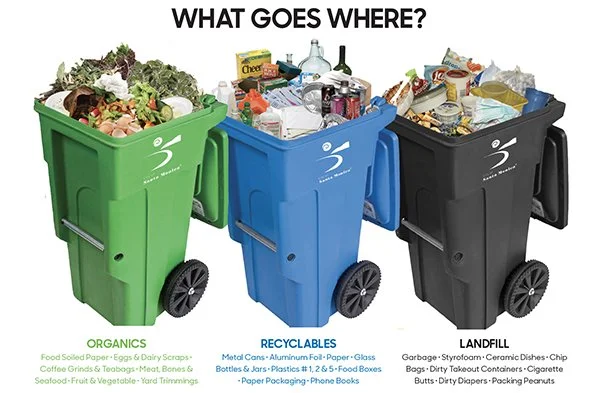Black Gold
Photo courtesy of freepik
Black Gold
by Sweiskloss
April 24, 2025
by Sweiskloss
April 24, 2025
According to the EPA, “over one-third of the food produced in the US is never eaten and… much of it is sent to landfills.” What a waste! (pun intended) Composting has environmental benefits and economic advantages. By improving the soil health, compost reduces the need for costly and unhealthy added chemicals. It can also “increase water retention of soil, improve drought tolerance, … prevent the growth of weeds, [and] boost crop yields” (news.climate.columnia.edu). By keeping food waste out of landfills, composting also reduces the production of methane and helps fight against climate change.
Santa Monica and Los Angeles both operate composting programs. The Sanitation Department provides green bins for residential and multi-family units from which they have collected “1,700 tons per day of green waste from Los Angeles City residents.,” according to LA sanitation.
Image courtesy of snatmonica.gov
Once collected, the contents of the green bins are taken to processing plants. Locally, Griffith Park Composting Facility turns grass, leaves and “zoo doo” (yes, collected from elephants, zebras, etc.) into compost that is then used in the park (sanitation.lacity.gov). Santa Monica’s green bin collections are “converted into reusable products including compost, mulch or renewable energy to power vehicles and buildings” according to the city’s website. The city also has compost giveaway events. Much of the food waste is composted at large-scale facilities and then sold to farms in the area or to yard care producers, such as TOPGROTM (sanitation.lacity.gov).
While on the whole composting is beneficial, it does have its drawbacks. Large scale composting operations can be expensive to set up and maintain as they require a complex infrastructure system and processing facilities. Uncovered compost piles also attract pests and wildlife. Then there’s the issue of trucking and its subsequent environmental impacts. However, according to LaList.com, most experts agree “that the overall benefit of avoiding methane emissions by keeping food waste out of landfills outweighs the emissions cost of trucking.”


